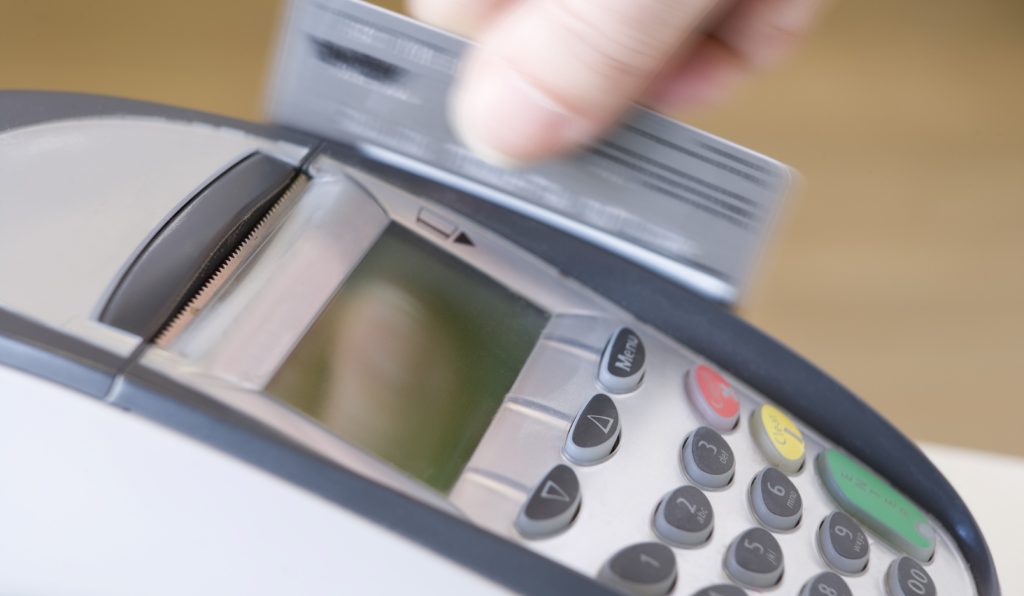Most offices have a policy of collecting co-pays and charges not covered by insurance at the time patients are seen. Having a policy is good; enforcing it successfully is even better. Here are a few reminders about how to collect at the time of service.
Make the expectation clear. Patients should be aware of your policy and be prepared to pay co-pays and other balances due at each visit. Post a tasteful sign in the reception area, put the policy on your practice website, and instruct staff to inform new patients that co-pays are expected at the time of service. If you send pre-registration packets to new patients by mail, enclose a copy of your payment policy.
Accept debit and credit cards. Not everyone carries a checkbook these days, but just about everybody has at least one credit card in their wallet. Patients with health savings accounts (HSAs) often have only a debit card to access their account. Make it as easy as possible for patients to pay you.
Train staff to ask for payment. For many people, money is a touchy subject, so don’t assume employees are automatically at ease asking patients to pay. Provide training and do role playing to help everyone who handles money become comfortable in that role. Practicing simple phrases such as, “It looks like your co-pay is $20. Would you like to take care of that now, while you’re waiting to see the doctor?” and “How would you like to take care of your balance today?” is a good place to start.
Consider offering discounts to self-pay patients. With more than 50 million people in the U.S. now lacking health insurance coverage, you likely see patients who pay for their medical care out-of-pocket. Offering a modest discount in exchange for paying in full at the time of service may be just the incentive an uninsured person needs to settle their bill promptly.
When all else fails. If a patient has no checkbook, credit card, or cash to pay their balance or co-pay, remind them of the payment policy (again), and send them home with an envelope addressed to the office. Request that a check be mailed no later than the following day. Then, make note and follow up with a phone call if payment doesn’t appear within one week. The longer a balance goes unpaid, the more likely it is that it will never be paid.



